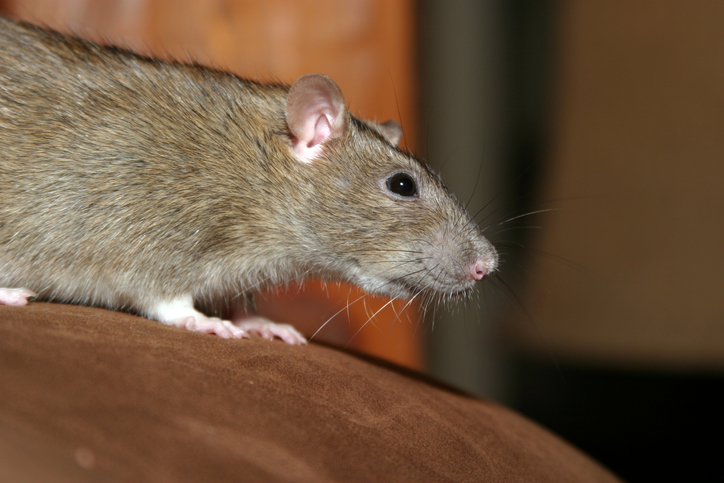Since they’re warm and often undisturbed by humans, attics make great nesting options for many unwanted critters. Most often these pests seek shelter in attics to survive harsh weather during winter or raise young during the spring.
The most common animals that live in an attic are raccoons, squirrels, bats, mice, and rats.
Top 5 Signs of Animal in the Attic
- Noises at night – vocal noises, scurrying, scampering, thumps
- Damage to your home – animals will damage your hour getting into it and then continue to destroy the interior as well
- Droppings in the attic – feces and urine are some of the most obvious signs of an animal in the attic in Dallas
- Physical evidence in the attic – animals will leave behind signs like tracks, debris, rub marks, and runways
- Strong odors – the longer an animal is in your attic, the more the animal will urinate, and you may start to smell it
1. Strange Noises in the Attic
Scurrying and Scampering in the Attic or Walls
These noises indicate that you are probably dealing with rats, mice, or squirrels. If these noises occur during the night, you most likely have rats, mice, or flying squirrels, and if they occur during the daytime, you most likely have squirrels.
Loud Thumps During the Night
Louder noises during the night typically indicate you are dealing with a bigger nocturnal animal like a raccoon or possum.
Crying Noises during the Day
Unless a raccoon is sick/rabid, we typically only come across a momma raccoon active during the day if she has young, and baby raccoons are very vocal. Keep in mind, that raccoons have one litter per year and give birth in the Spring or early Summer.
Fluttering and/or Chirping
These noises indicate you are dealing with bats or birds. Bird noises will be more prevalent during the day while bats are active at night.
You are hearing vocal noises
Unless you are hearing crying during the daytime (potentially baby raccoons), a vocal noise LIKE squealing or squeaking during the day would most likely belong to a squirrel or bird, while vocal sounds at night like growling, whimpering, or screaming can typically be attributed to a raccoon.
Slithering Noises
Believe it or not, snakes can certainly make their way into your attic, however, we do not come across them often.
Buzzing noises
Buzzing is a sign of bees, wasps, or yellow jackets. You may possibly have a hive in the attic or in the wall of your house.
2. Damage to Your Home
Raccoons, squirrels, rats, and mice can wreak havoc on your house. If these critters can’t find an easy way in, they can gnaw, tear, and rip apart parts of your house. We see damage along roof ridges, vents, soffits, fascia boards, and occasionally straight through the shingles and roof.
Once inside, they continue to destroy. They can fray electrical wires and gnaw on plumbing pipes. Frayed electrical wires can lead to power fluctuations and increased risk of house fires. The combination of gaps in your roof with damage plumbing can cause water damage in the insulation and ceiling.
3. Droppings in the Attic
Not only can the accumulation of feces and urine saturate into insulation the ceiling, but also it will spread diseases to you and your family.
Raccoon Feces
Raccoon feces are typically dark in color, tubular in shape, and about 2 to 3 inches long with blunt ends. You may notice undigested food like seeds or berry skins inside the droppings. Unlike rodent droppings that are scattered, raccoons often use the same spot repeatedly as a latrine, creating a concentrated pile of waste in a corner or on insulation.
Squirrel, rat, and mice droppings do resemble one another.
Squirrel Droppings
Squirrel feces are typically oblong pellets, around ? inches in length, with rounded ends—similar to rat droppings but slightly larger and more uniform. The droppings are usually dark brown when fresh and lighten with age. Squirrels tend to defecate in scattered patterns, especially near nesting sites or along travel routes like beams or insulation trails. If you find droppings in your attic or notice gnaw marks and scampering noises, contact Critter Control for a full inspection and safe cleanup.
Rat Droppings:
Rat droppings are a clear sign of an infestation and something Critter Control technicians are trained to identify. These droppings are spindle-shaped, about ½ to ¾ inch long, and pointed at the ends. Rats tend to leave a significant number of droppings—often hundreds—along walls, in corners, and near food or water sources. Fresh droppings are dark and soft, while older ones become dry and crumbly. Because rats can spread diseases through their waste, it’s important not to handle the droppings yourself—call Critter Control to investigate and address the issue safely.
Mouse Droppings:
Mouse droppings are smaller and more numerous than those of rats or squirrels. Each pellet is about ? to ¼ inch long, black or dark brown, and pointed at both ends. You’ll usually find them scattered in drawers, cupboards, attic spaces, and along baseboards or wall edges where mice travel frequently. Mice produce dozens of droppings each day, making them one of the first indicators of an infestation. At Critter Control, we help homeowners identify, clean, and eliminate mouse activity safely and thoroughly.
If you discover suspicious droppings in your attic, avoid direct contact—raccoon feces can carry serious health risks such as raccoon roundworm. Contact Critter Control right away for safe removal and thorough attic inspection.
4. Physical Evidence
When inspecting an attic, we look for the traces an animal leaves behind as they travel through your house.
- Tunneling
- When dealing with mice, rats, and even flying squirrels, you will often see tunneling in the insulation of an attic because insulation makes for a great nesting material. The tunneling will look like small holes that are as big as 3 inches in diameter.
- Prints
- Another indicator that animals will leave behind are paw prints on your duct work. Possums and raccoons have the biggest prints. They each have five fingers, but the palm of a possum’s print is more triangular. On the other hand, squirrels and rats have much smaller prints with their front feet having four toes and their hindfeet having five.
- Debris
- Squirrels will often collect acorns and leave behind shells in the attic space, which is an easy way to tell when you are dealing with squirrels. Squirrels will also bring nesting material into an attic. Take into account, you may have more than one animal type in your attic space.
- Rub Marks
- Animals like rats, mice, squirrels, and bats will leave behind rub marks around the openings that they utilize for entry. The rub marks will be brown to dark brown in color. The more the trails have been utilized, the darker these rub marks will be.
5. Strong Odors
Animal in the Attic Removal Near You
The most effective means of an animal in attic control is trapping and exclusions. Attic spaces provide safety and shelter for different types of animals. Before you can seal your house, you need to remove the animals from the attic. That could include deterrents, traps, and one-way valves. The experts at Critter Control can match the appropriate animal in the attic removal technique with the wildlife species.




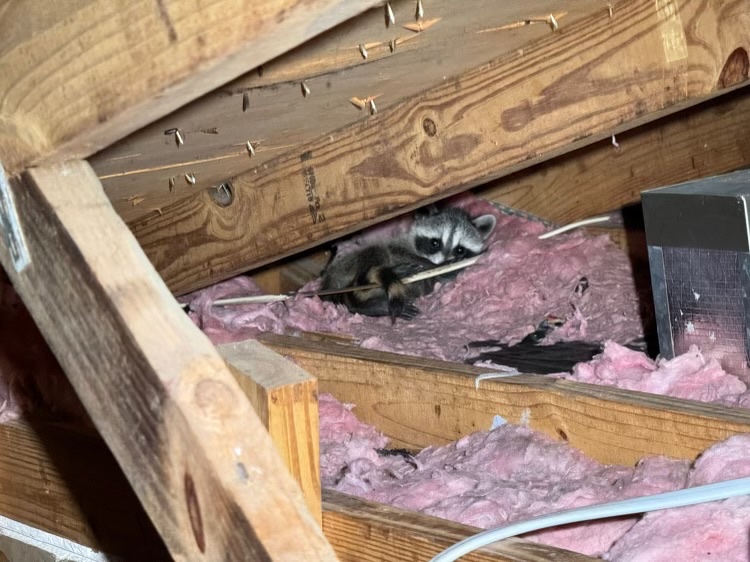
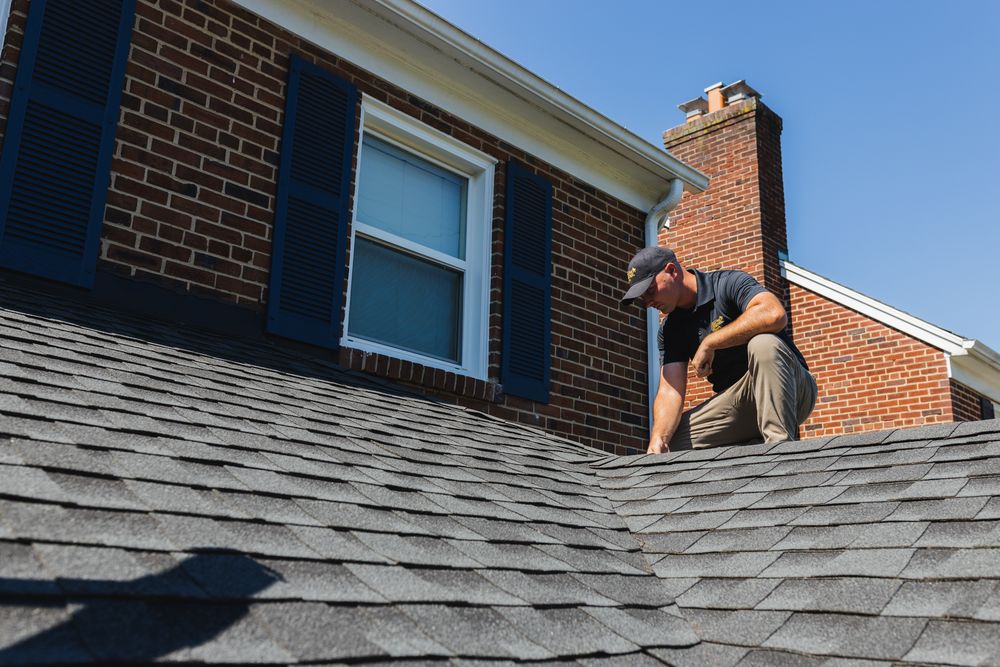
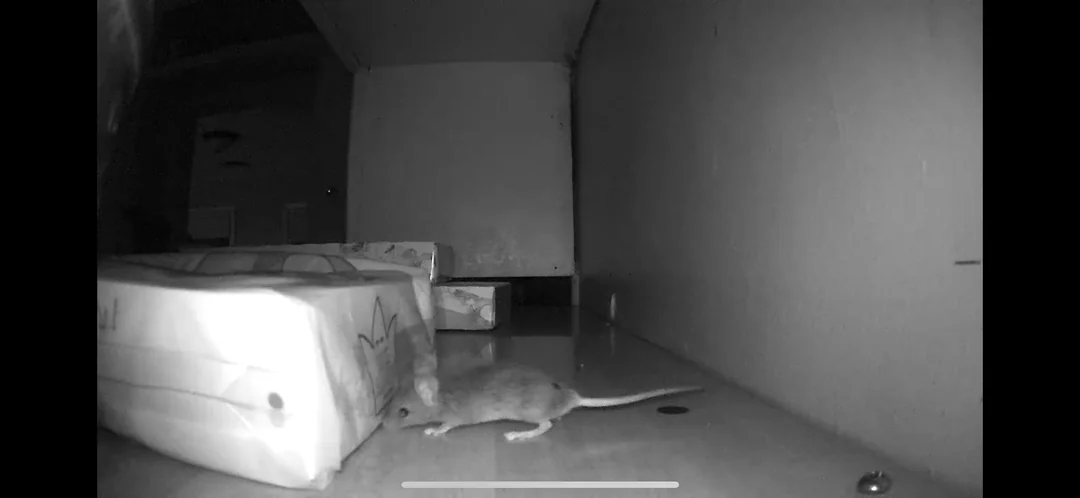
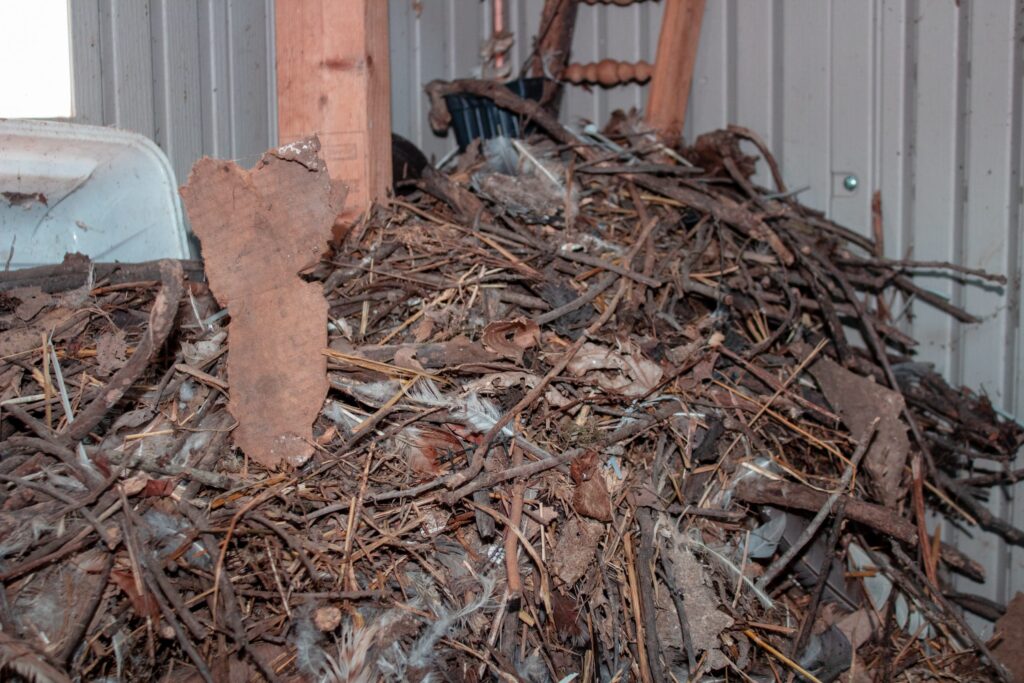
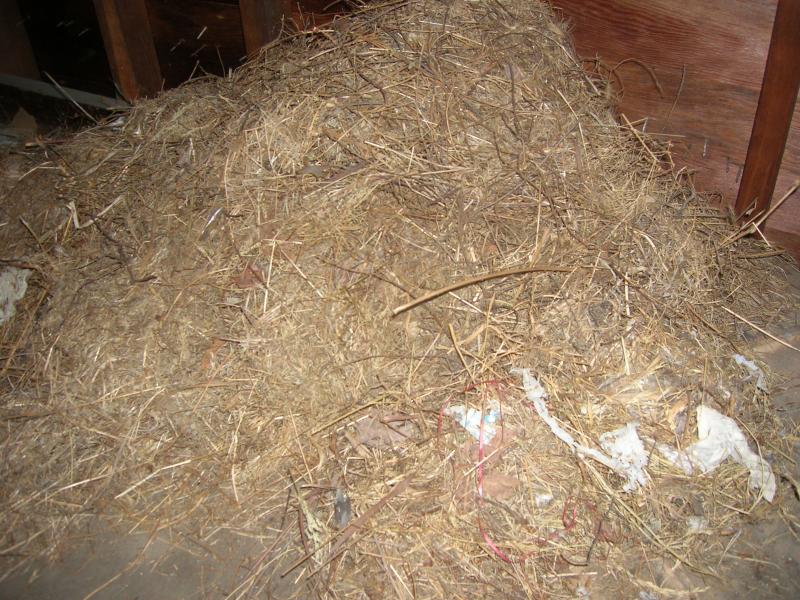
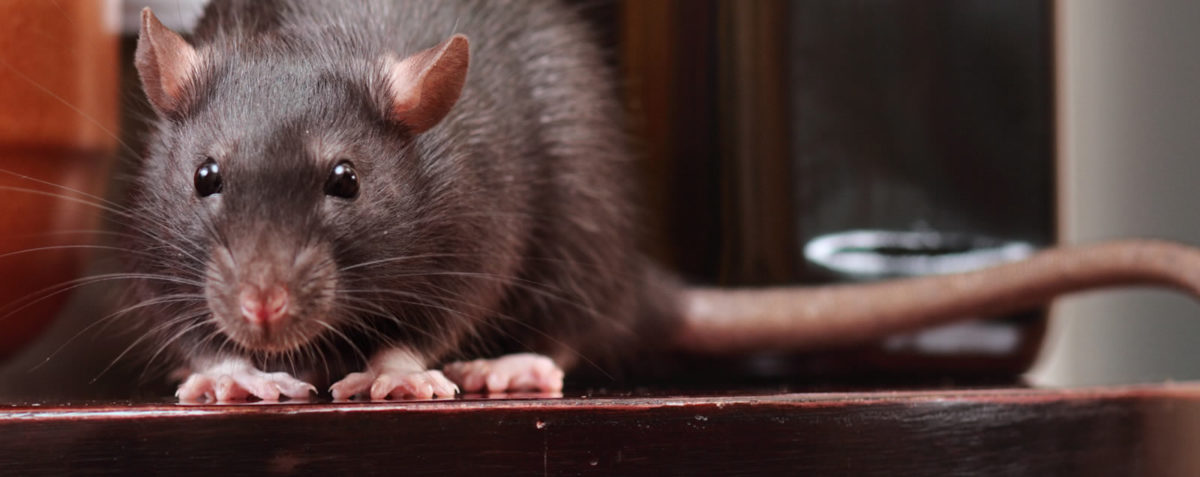
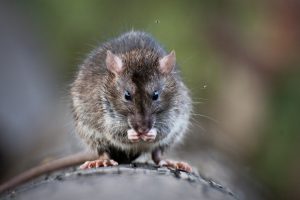 Thanks to its hilly landscape and diverse terrain, Dallas is the ideal home for beautiful and exotic animals. Unfortunately, there are also
Thanks to its hilly landscape and diverse terrain, Dallas is the ideal home for beautiful and exotic animals. Unfortunately, there are also 
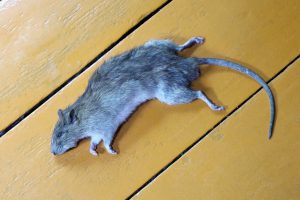

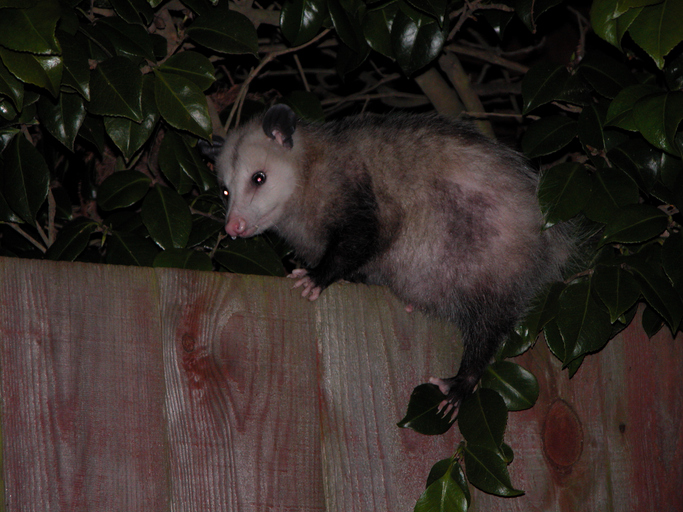
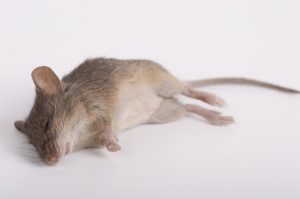 As a homeowner, finding a dead animal in your home is an unfortunate, but possible, situation that you could one day face, especially if your property is not well maintained or regularly inspected by
As a homeowner, finding a dead animal in your home is an unfortunate, but possible, situation that you could one day face, especially if your property is not well maintained or regularly inspected by 